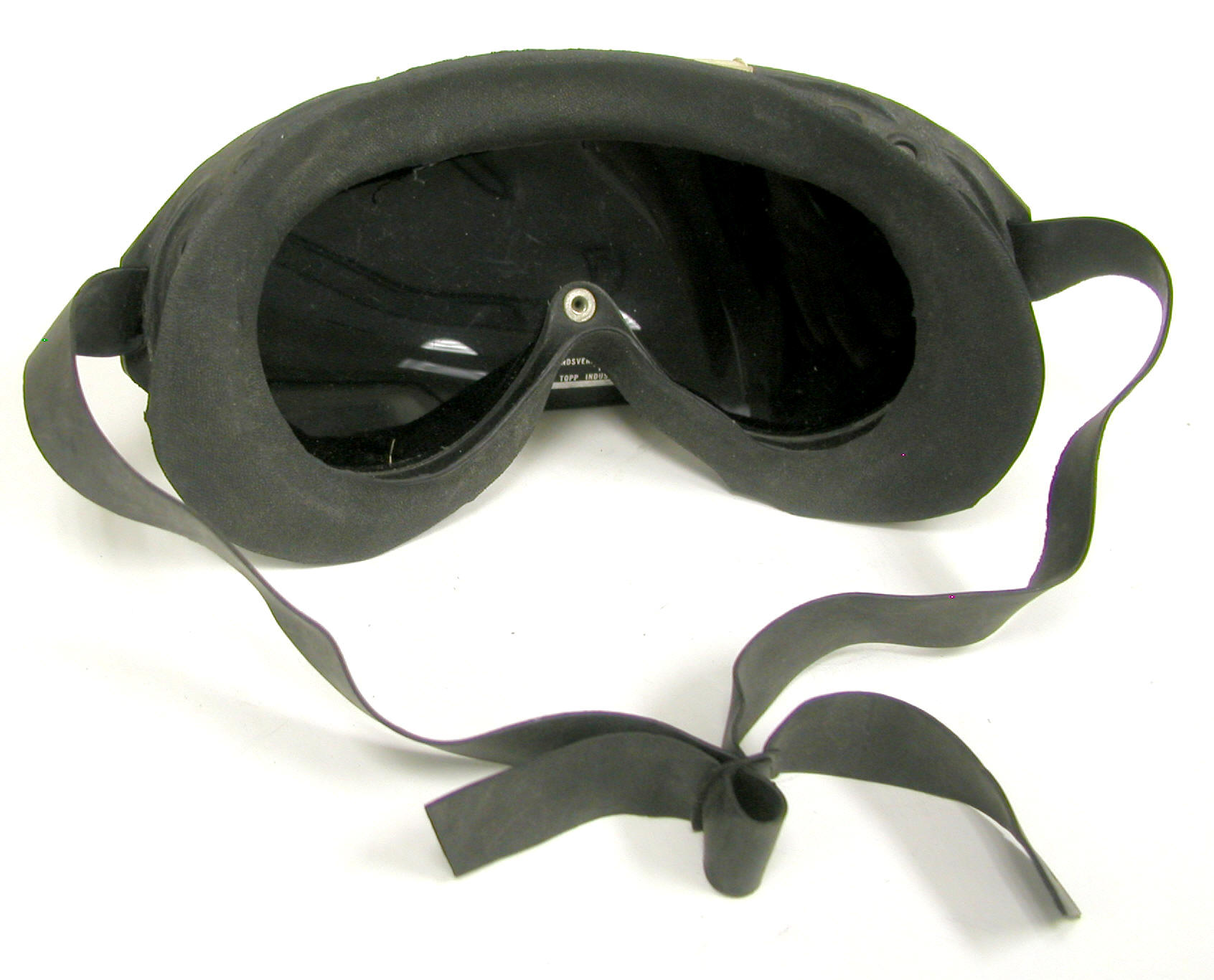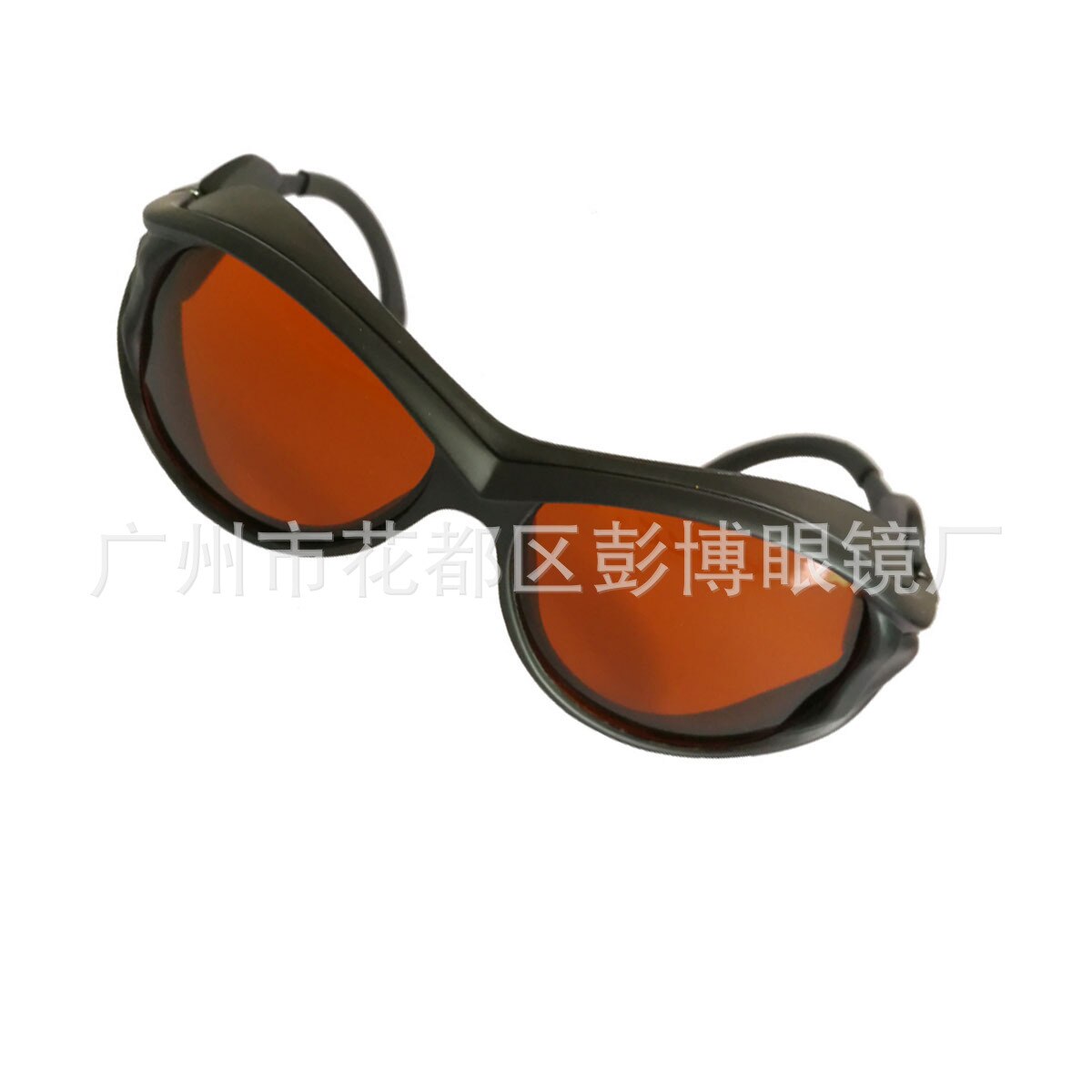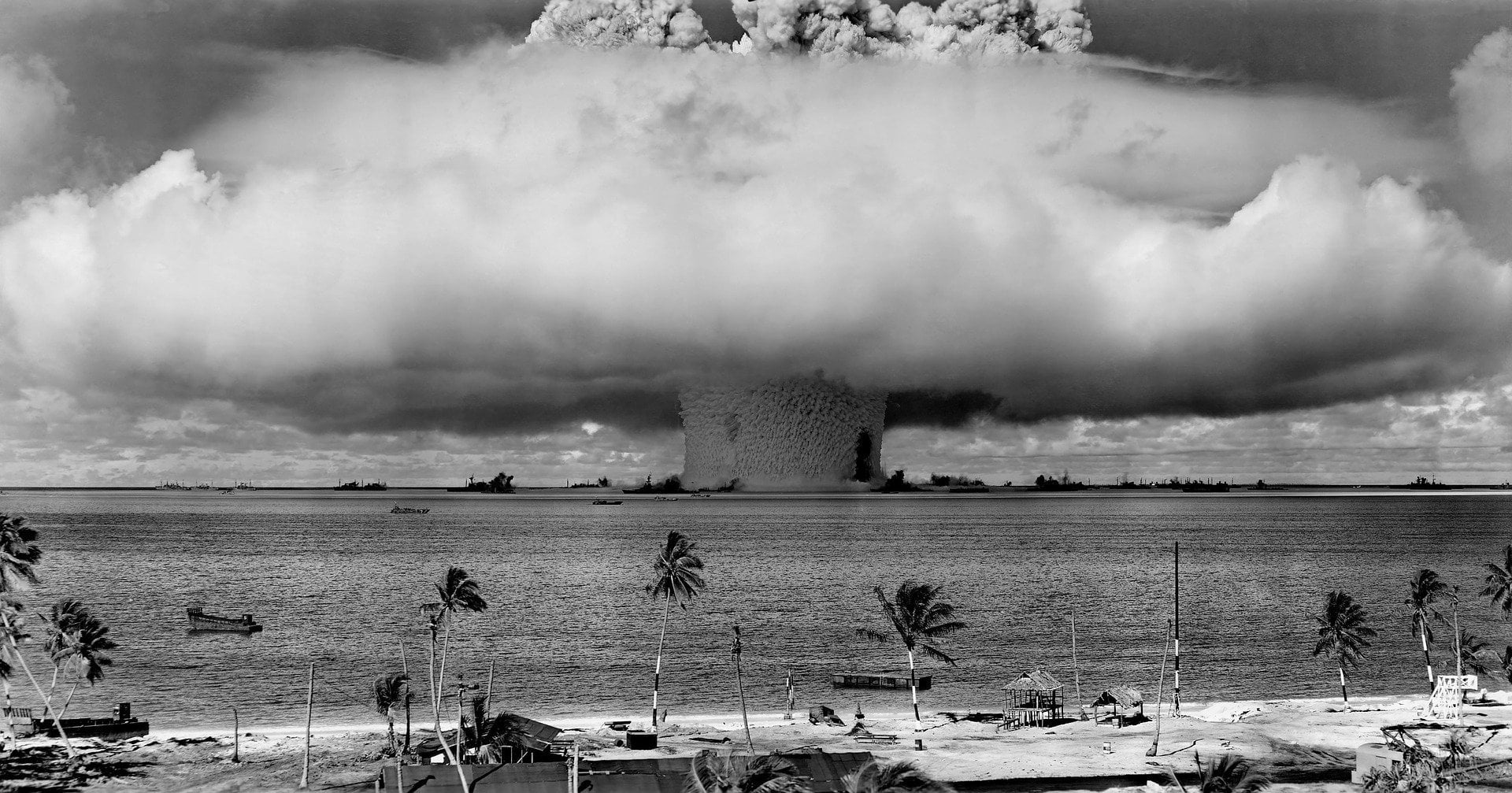
elope Radioactive Steampunk Aviator Goggles Pink
Hiroshima, the Trinity Test, Nuclear Weapons Nuclear Weapons These goggles were sold by the National Museum of Nuclear Science and History (formerly the National Atomic Museum) in Albuquerque, New Mexico.

Hiroshima, the Trinity Test, Nuclear Weapons Museum of Radiation and
Vitrification is the processing and transformation of the spent fuel into a glass. To produce the glass, the waste is dried, heated to convert the nitrates to oxides, and then mixed with glass.

Look at the Birdie Nevada Test Site, Round Sunglasses, Mens Sunglasses
The first-ever bomb test was nicknamed Trinity, which Oppenheimer claimed was a reference to the poet John Domme (most famous for the line "no man is an island") and took place at a site.

Unused original OPF nuclear Glasses Soviet Army with Case Etsy
The PCT became an ASTM International standard in 1994. In 1997, the scope was broadened to include hazardous as well as mixed (radioactive and hazardous) glasses. In 2002, the scope was broadened.

Atomic Goggles HD YouTube
1.1.2 Test Method B is a durability test that allows testing at various test durations, test temperatures, particle size and masses of glass sample, leachant volumes, and leachant compositions. This test method is static and can be conducted in stainless steel or PFA TFE-fluorocarbon vessels. The stainless steel vessels are considered to be "closed system" while the PFA TFE-fluorocarbon.

190550nm 8001100nm Wide Laser Absorption Test Glasses Laser Laser
published 16 July 2023 "All of a sudden, the night turned into day, and it was tremendously bright, the chill turned into warmth; the fireball gradually turned from white to yellow to red as it.

Rare OF Nuclear Glasses Soviet USSR Russian Army Protection Etsy
A glassy solution to nuclear waste 22 Jun 2022 Taken from the June 2022 issue of Physics World. Ancient glass is not just of interest to historians and archaeologists - it may also hold the key to understanding the durability of vitrified nuclear waste. Rachel Brazil investigates

Pair of historic bomb viewing glasses was all the rage on eclipse day
September 5, 2017 Photo by Joey Montoya. "These" were no ordinary disposable eclipse glasses. They were historic goggles that had been used during atmospheric nuclear tests. When Lab employee Eileen Patterson stepped outside building SM-28 to view the solar eclipse, she was surprised how sharp the view was despite the light cloud cover.

OPF nuclear Glasses Soviet USSR Russian Army Protection Military
Radioactive waste vitrification has been carried out industrially in several countries for nearly 40 years. Research into the formulation and long term behavior of high and intermediate level waste glasses, mainly borosilicate compositions, is still continuing in order to (i) safely condition new types of wastes and (ii) design and demonstrate the safety of the disposal of these long-lived.

Declassified United States Nuclear Test Videos Available on YouTube
This review will focus on the laboratory testing methodology developed to predict the durability of nuclear waste glasses that are typically highly durable. The methodology discussed is.

Set Test Eyeglass Image & Photo (Free Trial) Bigstock
By Ben Marks — July 30th, 2014. Share. For many glass collectors, the only color that matters is Vaseline. That's the catch-all word describing pressed, pattern, and blown glass in shades ranging from canary yellow to avocado green. Vaseline glass gets its oddly urinous color from radioactive uranium, which causes it to glow under a black.

Testing The Atomic Bomb Hiroshima BBC YouTube
wide range of nuclear and non-nuclear glass compositions including silicate, borosilicate, and phosphate glasses as well as glass ceramics. Vitrification is the most common treatment technology.

Goggles that Helped Drop the Nuclear Bomb YouTube
For decades, borosilicate glasses have been designed to immobilize high-level radioactive waste produced in nuclear power plants 1.The United States, France, Japan, the United Kingdom, and Germany.

Épinglé sur PHOTOGRAPHY
Trinitite, also known as atomsite or Alamogordo glass, [1] [2] is the glassy residue left on the desert floor after the plutonium -based Trinity nuclear bomb test on July 16, 1945, near Alamogordo, New Mexico.

Optometry Concept. Image & Photo (Free Trial) Bigstock
Investigation of shocked materials provides unique information about behavior of substances in extreme thermodynamic conditions. Near surface nuclear tests have induced multiple transformations of affected soils. Examination of nuclear glasses and relics of entrapped minerals provides a unique database on their behavior under an intense temperature flash. In this work, several types of nuclear.

2 pieces of wholesale price x ray protective glasses hospital
For the Project Trinity test, the bomb was placed atop a 100-foot steel tower that was designated Zero.. At 5:30 a.m. on July 16, the nuclear device, known as "Gadget," was successfully detonated. To most observers—watching through dark glasses—the brilliance of the light from the explosion overshadowed the shock wave and sound that.